The Manipulation Of Evidence-Based Medicine
THE MANIPULATION OF EVIDENCE-BASED MEDICINE (ISSUE 115)
By Diane Gold
HABIT OF BELIEVING
 It is always a good idea to trust, to believe the next person, give credence to what we read, being astute when credentialing who’s saying what and knowing what authors are attached to an agenda other than truth is present.
It is always a good idea to trust, to believe the next person, give credence to what we read, being astute when credentialing who’s saying what and knowing what authors are attached to an agenda other than truth is present.
This means it’s important to keep in mind,
“Everybody wants a comfortable lifestyle, but what are you going to do for it? Where do you draw the line?”
said by Brad Murawski, a computer specialist from Troy, NY, familiar with scams and hacking, when polled by GfK and AP about trust.
I think most people want to live clean lives, where we would be proud to tell our children every decision we have ever made. But egoism and greed can lead us to deceive, omit and distort. And once we’re in the habit of doing our habit of ego and greed; we’re doing our habit of ego and greed.
How many times have we convinced ourselves that:
1) because of all the work we do, it’s okay to falsify the hours we invoice to a client,
2) because of all the money our employer makes, it’s fair to take home office supplies or make copies of our completely unrelated creative project using company copiers,
3) if we support someone’s project, that someone will support ours; so, it’s acceptable to support what we don’t believe in.
The last of these is the most common way that medical information gets corrupted, as far as I can see.
EVIDENCE-BASED MEDICINE DEFINED
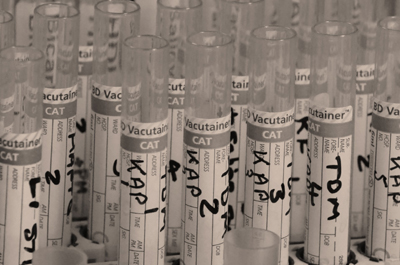 Evidence-based medicine is the use of proof or high quality information and research in medicine, the science of prevention, diagnosis and treatment of a disorder of function, often called disease. Factual testing is used to assess benefits and risks of specific treatments prescribed by learned people in the medical field. How many times does one academic support another’s study, body of work, thesis – even overlooking its controversy – for the primary purpose of getting support back, be it money or editorial byline?
Evidence-based medicine is the use of proof or high quality information and research in medicine, the science of prevention, diagnosis and treatment of a disorder of function, often called disease. Factual testing is used to assess benefits and risks of specific treatments prescribed by learned people in the medical field. How many times does one academic support another’s study, body of work, thesis – even overlooking its controversy – for the primary purpose of getting support back, be it money or editorial byline?
 We, especially in the Western World, but common everywhere, have developed the habit of believing that, if a clinical trial has taken place, if a certified doctor has uttered it, if a governmental agency assigned to evaluate and cure illness has said it, if our pharmaceutical companies claim it (since they are so very regulated by the FDA and other government agencies), if it’s published in a medical journal; the information publicized from this event must be ethical, honest, conscientious, and, most of all, clinically based. This is a strong habit that we have been repeating since we were young, having been taught to trust doctors, nurses and other medical personnel as well products from the wonder drug companies whose breakthrough can cure disease.
We, especially in the Western World, but common everywhere, have developed the habit of believing that, if a clinical trial has taken place, if a certified doctor has uttered it, if a governmental agency assigned to evaluate and cure illness has said it, if our pharmaceutical companies claim it (since they are so very regulated by the FDA and other government agencies), if it’s published in a medical journal; the information publicized from this event must be ethical, honest, conscientious, and, most of all, clinically based. This is a strong habit that we have been repeating since we were young, having been taught to trust doctors, nurses and other medical personnel as well products from the wonder drug companies whose breakthrough can cure disease.
The term, evidence-based, is the current term for irrefutable proof, documentation based on science. What has happened out of greed and ego is that there is not one body of standard regulators whose job or future job does not depend upon their regulating. There is not one standard for study parameters; when articles are published, publishers take big money to print; when drugs are approved or in process, pharmaceutical companies working with academic institutions hire ghostwriters to write favorable reports so that the FDA will be encouraged to approve and doctors will be convinced to prescribe medicines based on what can only be called marketing.
How can evidence-based medicine not contain flaws when doctors and researchers are beholden to drug companies: for their continuing education, for the perks that drug companies give them – like hotel and air fare to conferences. Some doctors even work for the drug companies instructing other doctors in what drug to use. (Does your doctor take money? One of mine does, and he doesn’t believe what he teaches is influenced by his paycheck or end of year bonus based on number of prescriptions written).
DATA SOURCE
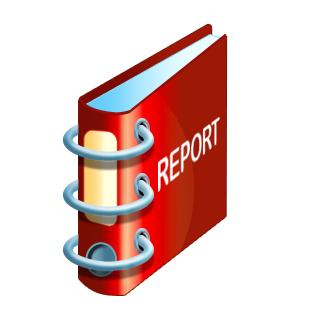 Medical professionals incorporate information of the latest experiments and trials along with their own research, college research and academic experience to make decisions.
Medical professionals incorporate information of the latest experiments and trials along with their own research, college research and academic experience to make decisions.
In all circumstances, we are presuming the information in our tool kit has been derived through truthful, ethical and legitimate means. It comes to us as follows:
1) In reputable medical journals;
2) Through academic research reports;
3) By lecture from professionals and speakers at conferences;
4) Through summary of a research abstract;
5) Through reading the entire published article if there is time for the whole read and if we pay to subscribe to the publication;
6) Through promotional marketing materials publicizing a drug or technique;
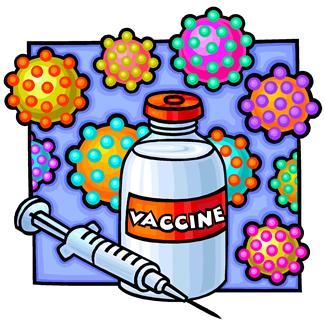 7) From pharmaceutical representatives, whose companies often times are the sponsors and controllers of the clinical trials and the data published.
7) From pharmaceutical representatives, whose companies often times are the sponsors and controllers of the clinical trials and the data published.
8) Socially at lunch or golf with colleagues;
9) Across the dinner table at a family of doctors or medical professionals.
10) At monthly or quarterly lectures given by doctors who are paid by pharmaceutical manufacturers.
11) Through media attention to failed patients who are damaged or die as a result of information withheld from unpublished clinical trials.
12) In medical schools that get large funding, possibly enough money for entire laboratories, from various pharmaceutical companies.
We, the medical community, are given much opportunity for bias. We, the public including the student, are given much opportunity for bias. How do we know where the evidence is based?
OUR HABIT OF INFORMATION GATHERING
We, humans, and medical personnel in particular, pick up information when we hear it, because we are investigative. We have a habit of listening to information, even when we are not listening to it and, as astute individuals, will remember random information even if we are not able to remember where we heard about it. This phenomenon can lead the best intentioned professionals to validate or parrot information that has been disseminated for marketing purposes or that has no clinical protocol attached to it.
The same happens to plain, old non-medically trained individuals. We hear a commercial on TV, and, if it’s catchy enough, the brand being advertised sticks in our mind. Or a doctor has samples of various products that we see lying around the office, so we believe the product must be good. Or one person has her treatment paid for by a pharmaceutical company and it works; as happens often, that person shouts out her success more loudly than the 100 people who had adverse reactions to the same treatment.
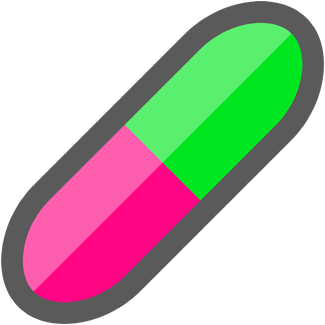 Of course, it is possible to hear about a one-shot treatment occurrence that absolutely saved a patient’s life that was paid for by a company or whose marketing is the reason we heard about it. And, if we are this patient, we are thankful and ecstatic and swear by this one single, random, non-duplicable effort because it saved us and we live. This is a dangerous way to get information, though.
Of course, it is possible to hear about a one-shot treatment occurrence that absolutely saved a patient’s life that was paid for by a company or whose marketing is the reason we heard about it. And, if we are this patient, we are thankful and ecstatic and swear by this one single, random, non-duplicable effort because it saved us and we live. This is a dangerous way to get information, though.
But, in general, we use the data sources listed above and our own good judgment thrown in. If we are not employees of the research sponsor, which can be the pharmaceutical company or the university whose board members are on both boards or connected to someone with a financial interest; we will rarely have access to unpublished research information, since all of it belongs to the originating sponsor as part of the sponsorship arrangement. We will also not know how accurate the investigative reporting has been.
WHERE DOES THAT LEAVE OUR ACCURACY AND UNDERSTANDING?
 We come back to trust, which, as we’ve said, is good. As long as we add in all the factors that can bias evidence, we can evaluate whether the results of the evidence-based medicine we so cherish have any basis in profit or furthering political careers or paving the way for employment at a pharmaceutical company.
We come back to trust, which, as we’ve said, is good. As long as we add in all the factors that can bias evidence, we can evaluate whether the results of the evidence-based medicine we so cherish have any basis in profit or furthering political careers or paving the way for employment at a pharmaceutical company.
Should we conclude that the research in front of us was conducted for the purpose of furthering humanity, we can hope for the best and still judge for ourselves. Most studies start out with good intentions, and the researchers involved usually demand pure science. But research costs money, and sponsorship usually comes with promises of non-disclosure and the sponsor’s ability to change study parameters that will manipulate the data.
CONCLUSION
 There is lots of medical research both in academia and in companies in the pharmaceutical industry, from medical student projects, from already working doctors and medical professionals that is outstanding, amazing, monumental, life changing, life saving, cooperatively integrated with every other discipline that exists, evidence-based for real with no prejudice based on agenda that is the pure truth. Our arms go out to you in thanks, praise and commendation. Keep up the great work. We are counting on you.
There is lots of medical research both in academia and in companies in the pharmaceutical industry, from medical student projects, from already working doctors and medical professionals that is outstanding, amazing, monumental, life changing, life saving, cooperatively integrated with every other discipline that exists, evidence-based for real with no prejudice based on agenda that is the pure truth. Our arms go out to you in thanks, praise and commendation. Keep up the great work. We are counting on you.
But there are those of us who, because we wanted a better life, to send our kids to a better college or just because we wanted the money for the research that we love to do, crossed that line.
ACTION STEPS
If the line concerns the safety of human lives, such as having knowledge of unpublished trials that prove a negative reaction in humans;
1) Please consider crossing the line back over to the right side again. If we are a company or an academic community, do we not want to show our children how to be good citizens? If we are individuals, do we not want to be the examples our children will follow?
The manipulation of evidence-based medicine exists. But the truth seekers are also here.
2) Let us continue to strive for knowing the difference, difficult as it is, and to encourage the line-crossers to cross back over.
We have all (well, most of us, anyway) crossed some line, whether it’s been to embellish on a resume, let a research student do our research to which we put our name, or whether we took a job with an unethical company.
We owe it to each other to keep medicine clean so that the principles of evidence-based medicine can prevail.
3) Let’s be aware of factors that can taint, and let’s be good examples of truth.
![]()
FEEDBACK
We value your feedback very much.
Please leave a comment below.
Please LIKE us on the website and at WarriorsOfWeight on Facebook. Thanks.
![]()
DIANE GOLD, AUTHOR
Diane Gold, Founder of Warriors of Weight, Turning Habits Into Health, is a mentor in tai chi, kung fu and meditation, a music, fitness and stress expert, dedicated mom, studying plant-based nutrition and habit change.
She believes in people’s ability to be truthful and ethical. She also knows that habits can make us who we are not. She says,
“Be trusting, but be diligent. Know people for the emotions they possess.
“We all have feelings that can trap us or not, depending upon how we control our habit mechanism and our desires. There is never really a steadfast good reason to be dishonest. When our children are starving, we may choose to steal bread. Other than this desperation, we are responsible for truth.
“We know people who have chosen medicine started out to help their flock. Let us point them in that direction again and be diligent in seeking out true evidence-based medicine.”
![]()

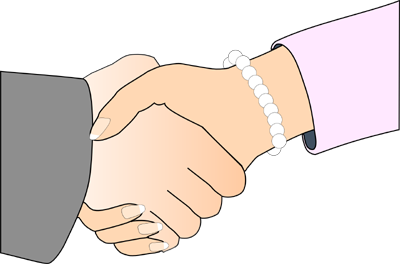
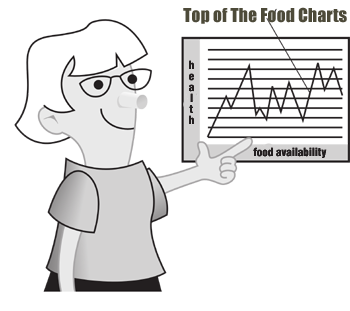 We would think that healthy eating in the United States is easy and that we are at the top of the charts when compared to other countries.
We would think that healthy eating in the United States is easy and that we are at the top of the charts when compared to other countries. Farmers use some method of offsetting bugs and weeds on their crop. Many use toxic pesticides which change the basic structure of the fruit or vegetable being grown or add some new chemical structure to the plant by pesticide exposure. This makes the food less healthy.
Farmers use some method of offsetting bugs and weeds on their crop. Many use toxic pesticides which change the basic structure of the fruit or vegetable being grown or add some new chemical structure to the plant by pesticide exposure. This makes the food less healthy.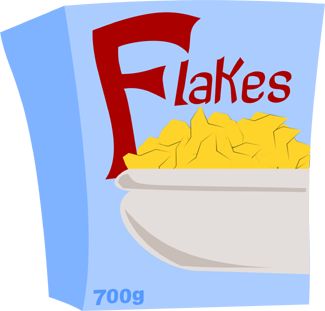 More packaged food than not is in our supermarkets. We use corn and soy, most of it genetically engineered (GE), and sugar, half of it GE, to create fast food with lovely colors. Instead of selling snacks that are fresh food, we buy boxes or bags with ingredients we can’t pronounce. Older generations did it, meaning our parents or grandparents; so why shouldn’t we?
More packaged food than not is in our supermarkets. We use corn and soy, most of it genetically engineered (GE), and sugar, half of it GE, to create fast food with lovely colors. Instead of selling snacks that are fresh food, we buy boxes or bags with ingredients we can’t pronounce. Older generations did it, meaning our parents or grandparents; so why shouldn’t we? We are pleasure seekers and taste mongers with our taste buds being bombarded with new combos of flavor. We will do anything for the next delight, whether it be food, body sensation, exercise, drink, color, gadget. What this means with food is that, even though we know that healthy food is crucial, we choose to eat highly fatty, salty, oily foods that taste unbelievably good. And we have developed the habit of eating portions that are much too large, just because we have developed the habit by being served too much in a restaurant or at home.
We are pleasure seekers and taste mongers with our taste buds being bombarded with new combos of flavor. We will do anything for the next delight, whether it be food, body sensation, exercise, drink, color, gadget. What this means with food is that, even though we know that healthy food is crucial, we choose to eat highly fatty, salty, oily foods that taste unbelievably good. And we have developed the habit of eating portions that are much too large, just because we have developed the habit by being served too much in a restaurant or at home.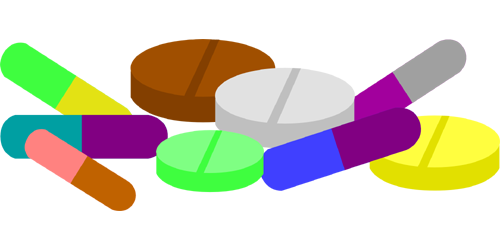 Antibiotics do not work against viruses. They also strip the body of the microbiomes needed on an hourly basis in the human digestive tract. A study at Washington University School of Medicine, St. Louis, Mo., published in Pediatrics in 2012, swabbed the nasal passages of young children with unexplained fever and, for control, children without fever. Those with fever had 5 X the viral load of those without. The study’s objective was to to determine whether a quick nasal swab could improve the mistaken prescribing of antibiotics for viral sickness, which always harms microbial balance. The jury is still out, in my opinion, for 2 reasons: the antibiotic industry is massively profitable and there are some very nasty bacteria that can kill the patient if antibiotics are not given in time.
Antibiotics do not work against viruses. They also strip the body of the microbiomes needed on an hourly basis in the human digestive tract. A study at Washington University School of Medicine, St. Louis, Mo., published in Pediatrics in 2012, swabbed the nasal passages of young children with unexplained fever and, for control, children without fever. Those with fever had 5 X the viral load of those without. The study’s objective was to to determine whether a quick nasal swab could improve the mistaken prescribing of antibiotics for viral sickness, which always harms microbial balance. The jury is still out, in my opinion, for 2 reasons: the antibiotic industry is massively profitable and there are some very nasty bacteria that can kill the patient if antibiotics are not given in time.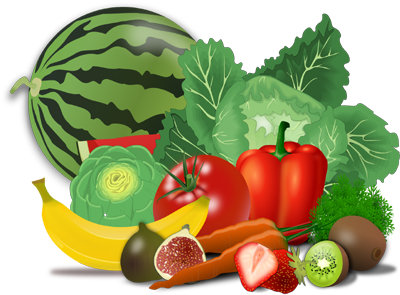 How long is the nutrition course in our schools? What? There isn’t one, or there was that one day when Chelsie’s mom, the chef, came in? We learn how to read, how to write, how to add and subtract numbers so that we can go to the bank and shop, but is there an ongoing course to teach us how to sustain our health through food or teach us what to buy based on budget?
How long is the nutrition course in our schools? What? There isn’t one, or there was that one day when Chelsie’s mom, the chef, came in? We learn how to read, how to write, how to add and subtract numbers so that we can go to the bank and shop, but is there an ongoing course to teach us how to sustain our health through food or teach us what to buy based on budget?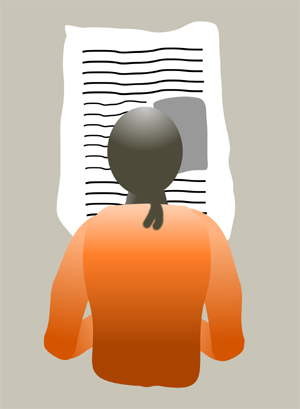 1)
1)
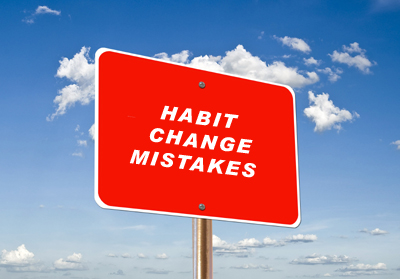 Of course, we don’t. We have every intention of carrying out our newly designed plan that we’ve been considering for some time. We have the motivation, and we know all we have to do is,
Of course, we don’t. We have every intention of carrying out our newly designed plan that we’ve been considering for some time. We have the motivation, and we know all we have to do is,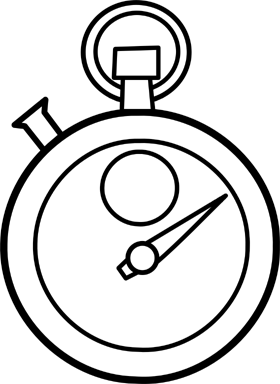 a)
a) 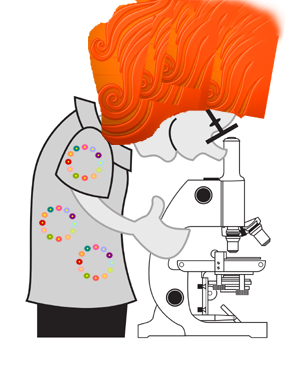 Use a supplement without researching its research and realizing that the referred to research isn’t public, is disorganized, was done using inconclusive method, doesn’t exist, is too old, was mismanaged, was word of mouth, used evidence-based information based on a control group of 30 people on which all world info is based, was gathered by the manufacturer and publicized in a magazine published by the manufacturer.
Use a supplement without researching its research and realizing that the referred to research isn’t public, is disorganized, was done using inconclusive method, doesn’t exist, is too old, was mismanaged, was word of mouth, used evidence-based information based on a control group of 30 people on which all world info is based, was gathered by the manufacturer and publicized in a magazine published by the manufacturer.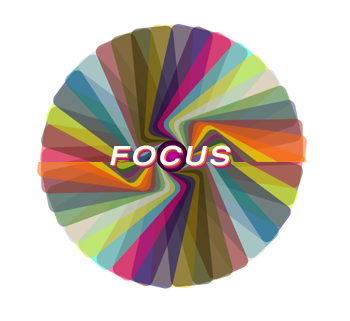 We need one-pointed focus to embark on any strategy. It’s hard enough without our giving ourselves scattered mind.
We need one-pointed focus to embark on any strategy. It’s hard enough without our giving ourselves scattered mind. b)
b) 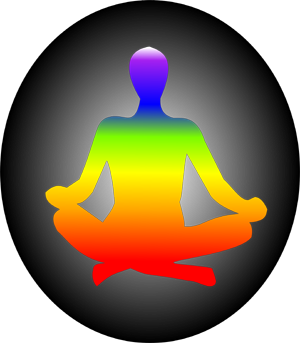 Join a gym, a dance class, meditation session now, even though you don’t want people to see the many rolls of fat you have. Waiting means not progressing, so go, go, go today!
Join a gym, a dance class, meditation session now, even though you don’t want people to see the many rolls of fat you have. Waiting means not progressing, so go, go, go today!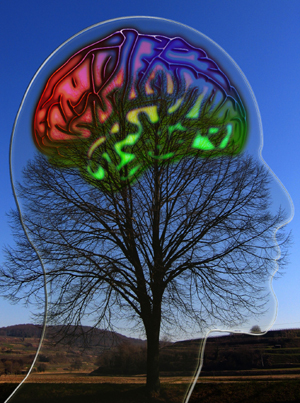
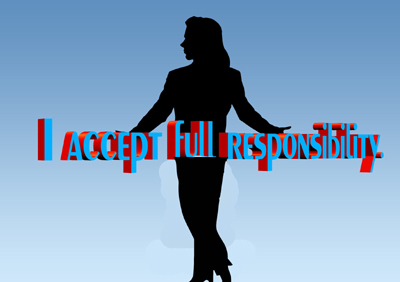 In the previous article in this series (June 24, 2013), I mentioned I was still looking for a primary care provider. I have found her. It is I, an unlicensed, non-medical person who knows a lot about nutrition and mind, body, spirit fitness. So far, I care the more about my own care than anyone I have found; I don’t treat myself like just another chart; I know the details of my case without having to look at a chart which is brief, at best; I have done research on nutrition and fitness and body processes and interactions that no medical personnel I know has done.
In the previous article in this series (June 24, 2013), I mentioned I was still looking for a primary care provider. I have found her. It is I, an unlicensed, non-medical person who knows a lot about nutrition and mind, body, spirit fitness. So far, I care the more about my own care than anyone I have found; I don’t treat myself like just another chart; I know the details of my case without having to look at a chart which is brief, at best; I have done research on nutrition and fitness and body processes and interactions that no medical personnel I know has done.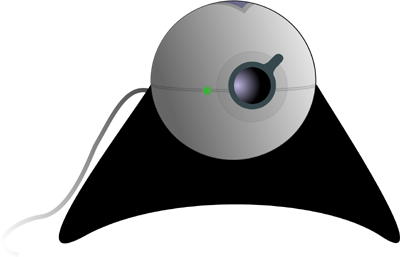 Although I am looking forward to the day when all medical professionals offer electronic consults, the telehealth-telemedicine industry is already having us form a new habit, should we choose to accept what it is pushing. Their business model saves provider overhead, saves the government emergency visit costs for patients who get government subsidies, but the patient pays the same as before. As are many infrastructures, this one is abusive.
Although I am looking forward to the day when all medical professionals offer electronic consults, the telehealth-telemedicine industry is already having us form a new habit, should we choose to accept what it is pushing. Their business model saves provider overhead, saves the government emergency visit costs for patients who get government subsidies, but the patient pays the same as before. As are many infrastructures, this one is abusive. Does your doctor work for a pharmaceutical company? Did you know that some are commissioned to recruit patients for a new drug, getting paid per each head brought to the study? They are also trained to educate other doctors about the possible benefits of the drug so that other doctors will recruit patients to take the drug. Don’t know for sure, but I suspect that the educating doctor gets a cut of the stipend that every other doctor gets for bringing patients to the study. If this is the structure, it is multi-level marketing which I firmly believe in. But, in medicine, might there be agendas pushing prescribing techniques?
Does your doctor work for a pharmaceutical company? Did you know that some are commissioned to recruit patients for a new drug, getting paid per each head brought to the study? They are also trained to educate other doctors about the possible benefits of the drug so that other doctors will recruit patients to take the drug. Don’t know for sure, but I suspect that the educating doctor gets a cut of the stipend that every other doctor gets for bringing patients to the study. If this is the structure, it is multi-level marketing which I firmly believe in. But, in medicine, might there be agendas pushing prescribing techniques?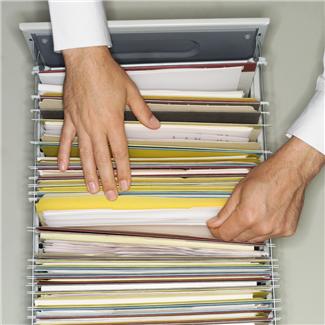 Doctors and health professionals only get to see a summary of abstracts or the full abstract if they pay for a medical journal subscription that houses the abstract. The abstract is some editor’s summation of facts which may not reflect study results. How weird that drug study results are not open to patients. We’re the ones who have to decide to take them or not. These data are also not open to doctors. Should we just say,
Doctors and health professionals only get to see a summary of abstracts or the full abstract if they pay for a medical journal subscription that houses the abstract. The abstract is some editor’s summation of facts which may not reflect study results. How weird that drug study results are not open to patients. We’re the ones who have to decide to take them or not. These data are also not open to doctors. Should we just say,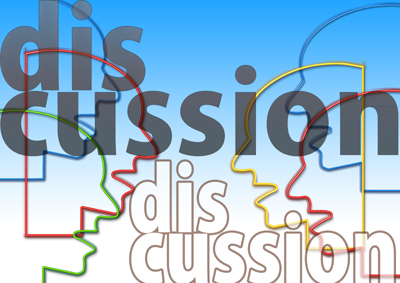 7a)
7a)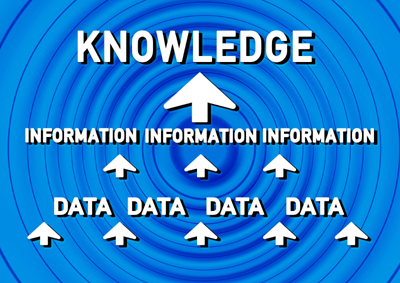 If you have no insurance, ask the provider’s office person for what you will be responsible if you have a routine visit, an x-ray, anything else commonly done in your type of provider’s office. Of course, the office person will say s/he won’t know until afterwards. At this point, mention that you are asking for the cost for an office visit and 3 x-rays. If you don’t have the x-rays, you can deduct that amount. Also, if you have no insurance, request of the office personnel that they request of the provider to be permitted to pay the allowed amount paid by people on an in-network insurance plan. Sometimes, they will have mercy. But, if you don’t ask, you’ll never know.
If you have no insurance, ask the provider’s office person for what you will be responsible if you have a routine visit, an x-ray, anything else commonly done in your type of provider’s office. Of course, the office person will say s/he won’t know until afterwards. At this point, mention that you are asking for the cost for an office visit and 3 x-rays. If you don’t have the x-rays, you can deduct that amount. Also, if you have no insurance, request of the office personnel that they request of the provider to be permitted to pay the allowed amount paid by people on an in-network insurance plan. Sometimes, they will have mercy. But, if you don’t ask, you’ll never know.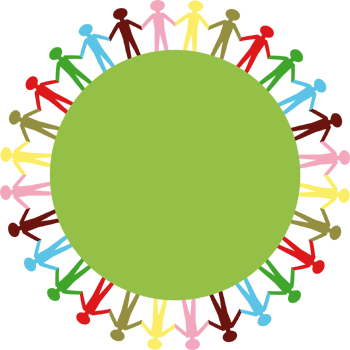

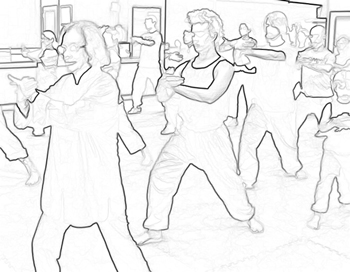 Another type of personal development fortifies us by our absorption of the very method we are studying. Tai chi, the other martial arts, free dance, meditation, yoga are disciplines in this mind-body arts category. Music, visual art, poetry are in the creative arts category. By studying any of these methods, we consume a system of learning. This system develops who we are. This development fortifies the world.
Another type of personal development fortifies us by our absorption of the very method we are studying. Tai chi, the other martial arts, free dance, meditation, yoga are disciplines in this mind-body arts category. Music, visual art, poetry are in the creative arts category. By studying any of these methods, we consume a system of learning. This system develops who we are. This development fortifies the world.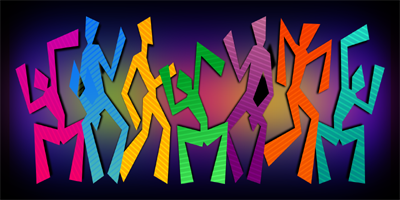 I had the pleasure of attending a 5-Rhythms’ dance session on Friday, January 3, led by Amber Ryan, in Miami. The purpose of the session was to spread goodness, to cleanse the body, mind and spirit and resonate with learning about ourselves. The ultimate goal was use the dance method (which is a method of doing your own steps with a little bit of guidance) to shake off all our own personal garbage so that we could let our own inherent love shine through.
I had the pleasure of attending a 5-Rhythms’ dance session on Friday, January 3, led by Amber Ryan, in Miami. The purpose of the session was to spread goodness, to cleanse the body, mind and spirit and resonate with learning about ourselves. The ultimate goal was use the dance method (which is a method of doing your own steps with a little bit of guidance) to shake off all our own personal garbage so that we could let our own inherent love shine through. I was very involved in the dance. But the word love came up several times. One of the other partners in the event kept expressing how she felt “so much love;” whether this was inside herself or from the group, I will not speculate. Although I could speculate because I felt some kind of love-y feeling inside, radiating out to the group and back to me. Nothing ethereal, I was heated from dancing. I was happy from releasing the tension in my body through dancing. I was dancing with others, one of my favorite activities. And I was socializing with people who had nothing, at that moment, to prove.
I was very involved in the dance. But the word love came up several times. One of the other partners in the event kept expressing how she felt “so much love;” whether this was inside herself or from the group, I will not speculate. Although I could speculate because I felt some kind of love-y feeling inside, radiating out to the group and back to me. Nothing ethereal, I was heated from dancing. I was happy from releasing the tension in my body through dancing. I was dancing with others, one of my favorite activities. And I was socializing with people who had nothing, at that moment, to prove.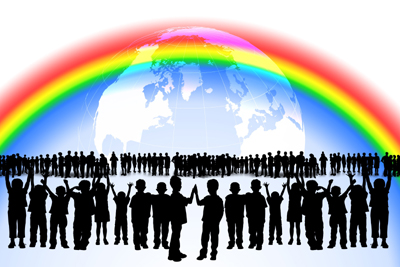 We know that personal development is individualistic, but individuals make up the world. We know that if we develop ourselves through certain disciplines, we will become spiritually rich humans and contribute good acts in the world.
We know that personal development is individualistic, but individuals make up the world. We know that if we develop ourselves through certain disciplines, we will become spiritually rich humans and contribute good acts in the world.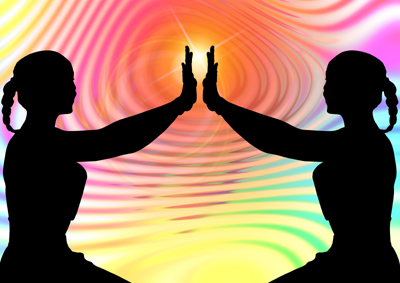 1)
1)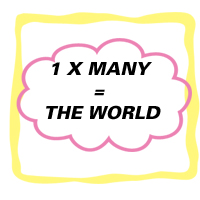

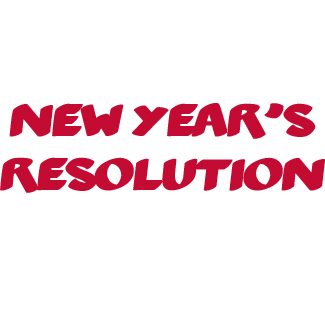
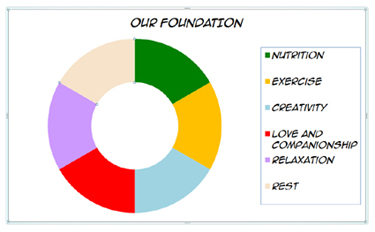 We, as humans, have a variety of requirements. To be at our best, we need a balanced infrastructure to support us. The simple version of this concept is that we need great nutrition, a little exercise, a way to be creative, love and companionship, daily relaxation, enough rest and a place to do this in. Each of us has a little bit different make-up and needs more or less in each of these areas, depending upon who we are.
We, as humans, have a variety of requirements. To be at our best, we need a balanced infrastructure to support us. The simple version of this concept is that we need great nutrition, a little exercise, a way to be creative, love and companionship, daily relaxation, enough rest and a place to do this in. Each of us has a little bit different make-up and needs more or less in each of these areas, depending upon who we are.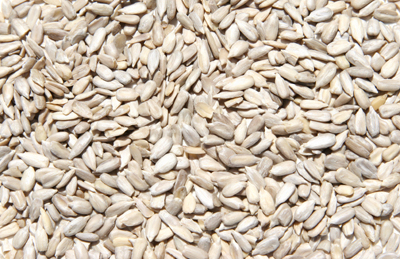

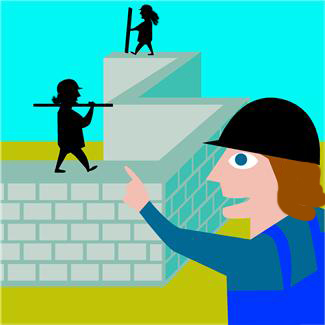
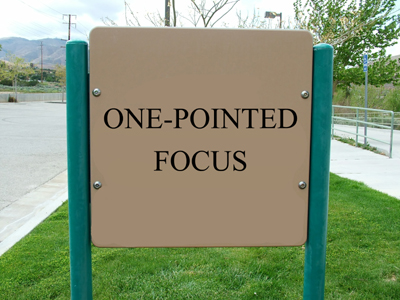
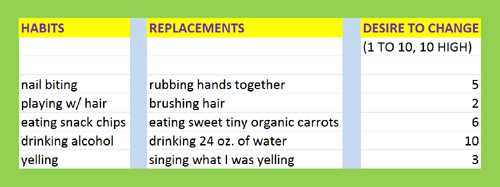
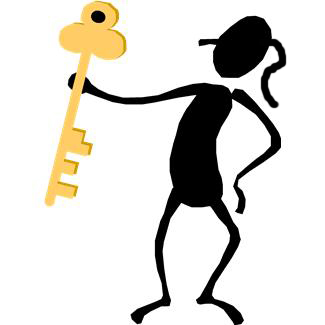 To succeed at our New Year’s Resolution Habit Change, repetition is key. Whatever our new behavior, it must be repeated for a good 3-week period as a humble beginning. I just read an article saying how 21 days to change a habit is a myth, and 66 days is more realistic. If you’re like me, it can take 90-180 days to take hold, and repetition is still necessary on a daily basis after that.
To succeed at our New Year’s Resolution Habit Change, repetition is key. Whatever our new behavior, it must be repeated for a good 3-week period as a humble beginning. I just read an article saying how 21 days to change a habit is a myth, and 66 days is more realistic. If you’re like me, it can take 90-180 days to take hold, and repetition is still necessary on a daily basis after that.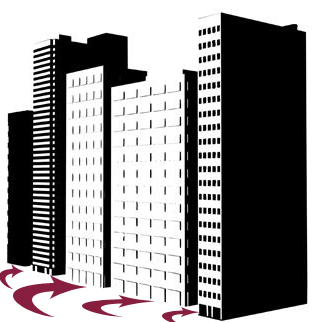


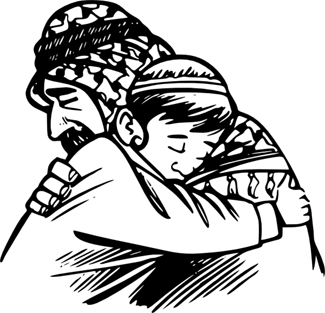 Forgiveness author, Smedes, quotes,
Forgiveness author, Smedes, quotes,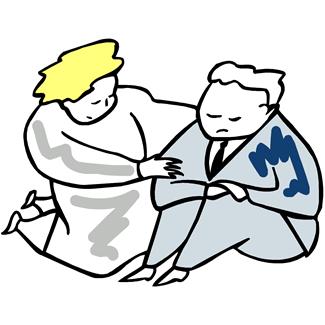
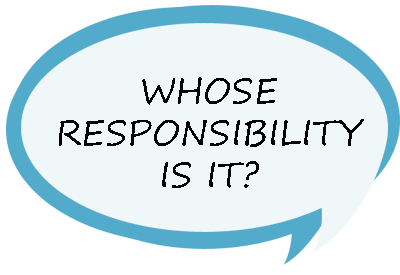 As we all know, we feel more than one thing at once, such as anger and vulnerability or happiness and confidence. Next to these emotions, we place responsibility for our being hurt on someone; often we put it on ourselves. Other times, we put it on the person or group who created the hurtful situation.
As we all know, we feel more than one thing at once, such as anger and vulnerability or happiness and confidence. Next to these emotions, we place responsibility for our being hurt on someone; often we put it on ourselves. Other times, we put it on the person or group who created the hurtful situation.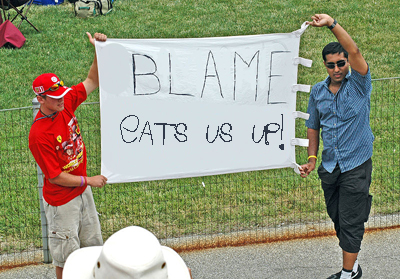 The reason it’s so important to forgive is because blame eats us up. We may think that if we mortally hurt the responsible person, we will be healed. This is one of our baser instincts that is worth looking at. It’s not legal to wound someone, so it’s not a solution. It’s not moral to wound someone. It’s not wise to stoop to the bad behaviors of others. This is where forgiveness comes in.
The reason it’s so important to forgive is because blame eats us up. We may think that if we mortally hurt the responsible person, we will be healed. This is one of our baser instincts that is worth looking at. It’s not legal to wound someone, so it’s not a solution. It’s not moral to wound someone. It’s not wise to stoop to the bad behaviors of others. This is where forgiveness comes in.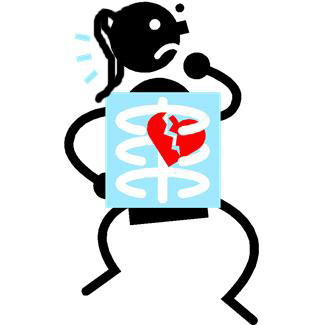 When people lash out and hurt us, they are insecure, self-absorbed, immature, impatient, fearful and hurt from a broken heart. They have become this way because someone has taken a part of their life, and they have not been able to forgive it. Do they always know it? No. In the odd cases where this is not the case, the individual is usually broken in some other way.
When people lash out and hurt us, they are insecure, self-absorbed, immature, impatient, fearful and hurt from a broken heart. They have become this way because someone has taken a part of their life, and they have not been able to forgive it. Do they always know it? No. In the odd cases where this is not the case, the individual is usually broken in some other way.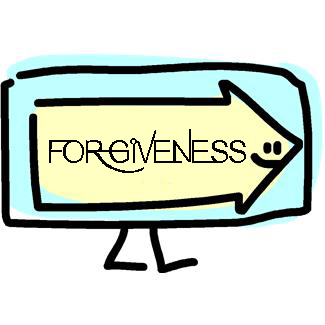 ere are some action steps that may lead us to begin the path of forgiveness. It is not impossible, no matter what it feels like. It’s like any other habit that requires a starting point and constant repetition. In the spirit of any holiday that may have to do with forgiveness, these action steps may be surprisingly useful.
ere are some action steps that may lead us to begin the path of forgiveness. It is not impossible, no matter what it feels like. It’s like any other habit that requires a starting point and constant repetition. In the spirit of any holiday that may have to do with forgiveness, these action steps may be surprisingly useful.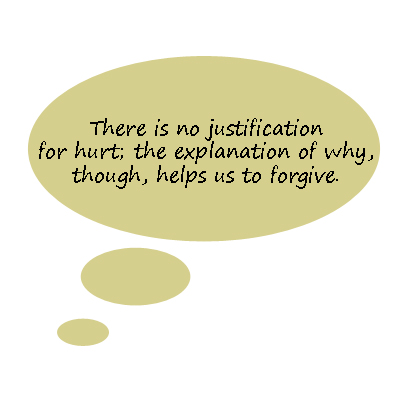
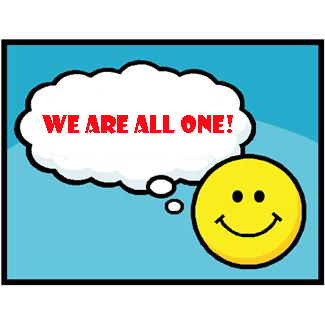

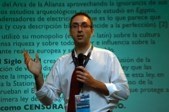 “Speak out,”
“Speak out,”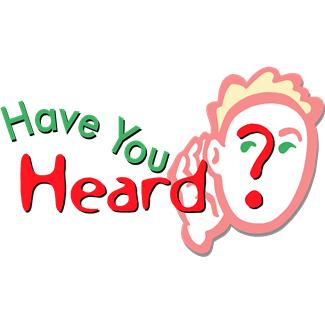 What transpired for various reasons has been a culture of speakers with no solutions, many just “orating for ego” (good T-shirt). Since there has not been a focus solving vs. complaining in modern times, it is more common to hear groups of complainers than groups of problem solvers. Plus, it’s more difficult to create than to condemn (another good T-shirt, “create, don’t condemn”).
What transpired for various reasons has been a culture of speakers with no solutions, many just “orating for ego” (good T-shirt). Since there has not been a focus solving vs. complaining in modern times, it is more common to hear groups of complainers than groups of problem solvers. Plus, it’s more difficult to create than to condemn (another good T-shirt, “create, don’t condemn”).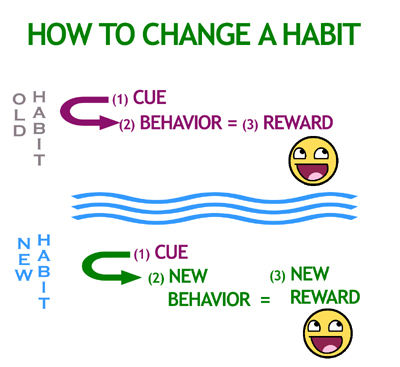 In order to solve vs. complain, we follow the process for any habit change: cue, replace the old action, reward.
In order to solve vs. complain, we follow the process for any habit change: cue, replace the old action, reward.
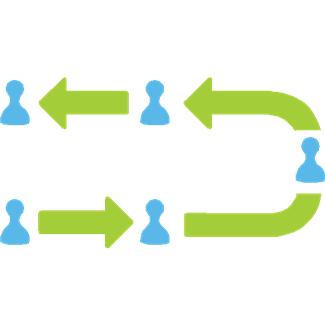
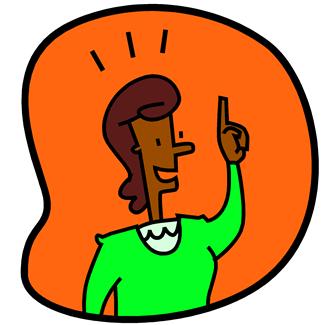 Now that we are evolved enough to understand this, it is time to consider the solution process with every speech. We may have to change our habit, if we are used to being critical, not constructive. We can certainly slap the wrist of education for lack of emphasis on oration without solution. And we can change how we educate from now on.
Now that we are evolved enough to understand this, it is time to consider the solution process with every speech. We may have to change our habit, if we are used to being critical, not constructive. We can certainly slap the wrist of education for lack of emphasis on oration without solution. And we can change how we educate from now on.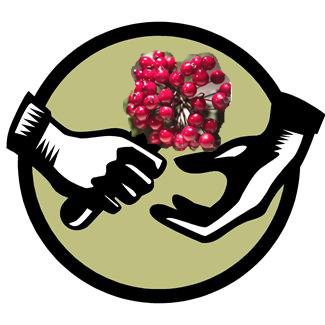
 I saw a photo and exercise routine one of my (actual) friend’s shared on a social networking site. My friend is an avid athlete and 30-year yogi, which means she is strong and fit. She communicates with many people who are also strong and fit. So when she shared a plank photo and instructions for a plank exercise, starting with 20 seconds per day, she was probably directing it to the fit crowd. I immediately responded to her post with an
I saw a photo and exercise routine one of my (actual) friend’s shared on a social networking site. My friend is an avid athlete and 30-year yogi, which means she is strong and fit. She communicates with many people who are also strong and fit. So when she shared a plank photo and instructions for a plank exercise, starting with 20 seconds per day, she was probably directing it to the fit crowd. I immediately responded to her post with an  Most people are attracted to an interesting workout photo that gets passed around. What was missing, and I’m not pointing fingers, was a super big warning sign. Having owned an active martial arts school for over 15 years, I have heard many stories about injury due to improper workout. I have helped show many a newbie student why proper alignment is everything and that haste can cost precious training time as we heal from beginner, didn’t-follow-directions injuries.
Most people are attracted to an interesting workout photo that gets passed around. What was missing, and I’m not pointing fingers, was a super big warning sign. Having owned an active martial arts school for over 15 years, I have heard many stories about injury due to improper workout. I have helped show many a newbie student why proper alignment is everything and that haste can cost precious training time as we heal from beginner, didn’t-follow-directions injuries.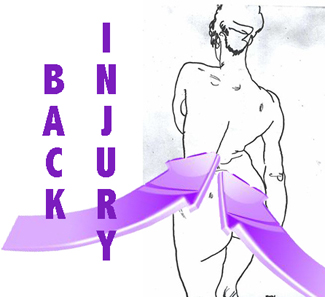 It is extremely easy to hurt the back doing the plank exercise, even though it is a wonderful technique if we have the abs for it. It’s whether or not they are strong enough to hold our entire body upon command. And that is what today’s exercise is about. Back Injury
It is extremely easy to hurt the back doing the plank exercise, even though it is a wonderful technique if we have the abs for it. It’s whether or not they are strong enough to hold our entire body upon command. And that is what today’s exercise is about. Back Injury Most of us want efficiency and want the shortest road toward what we consider perfection that we can take. That means we would like to bypass any frills and get right to the real work. Yet, some exercises, worldwide, put, at least, 50% fluff in them.
Most of us want efficiency and want the shortest road toward what we consider perfection that we can take. That means we would like to bypass any frills and get right to the real work. Yet, some exercises, worldwide, put, at least, 50% fluff in them.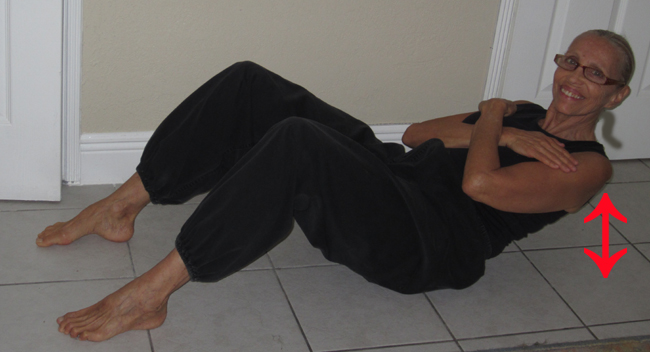
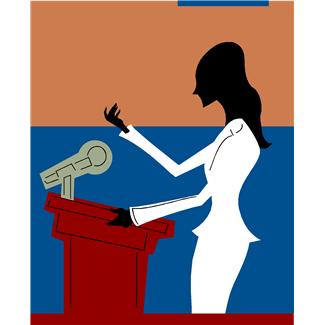
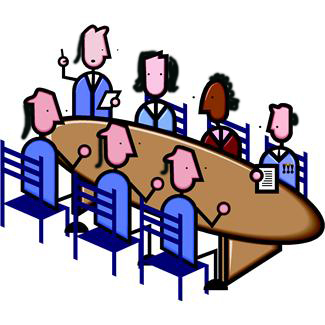
 “Drugs are tested by the people who manufacture them, in poorly designed trials, on hopelessly small numbers of weird, unrepresentative patients, and analyzed using techniques which are flawed by design, in such a way that they exaggerate the benefits of treatments.”
“Drugs are tested by the people who manufacture them, in poorly designed trials, on hopelessly small numbers of weird, unrepresentative patients, and analyzed using techniques which are flawed by design, in such a way that they exaggerate the benefits of treatments.”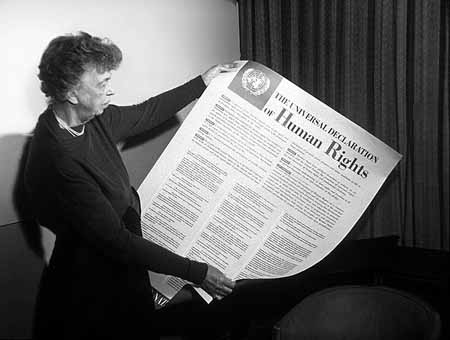 What Henry I. Miller says in his Forbes article, taken from his experience as an FDA medical officer, is that many drug studies that are not published are not negative but inconclusive. What I say is there should be some sort of very accessible bank to everyone, patients, friends of patients and medical personnel, alike, with all study results, so that those who are evaluating a drug, whether taking it or prescribing it, can make the most informed decision based upon all previous experience that anyone has had with it, regardless of why its results may not have been published.
What Henry I. Miller says in his Forbes article, taken from his experience as an FDA medical officer, is that many drug studies that are not published are not negative but inconclusive. What I say is there should be some sort of very accessible bank to everyone, patients, friends of patients and medical personnel, alike, with all study results, so that those who are evaluating a drug, whether taking it or prescribing it, can make the most informed decision based upon all previous experience that anyone has had with it, regardless of why its results may not have been published.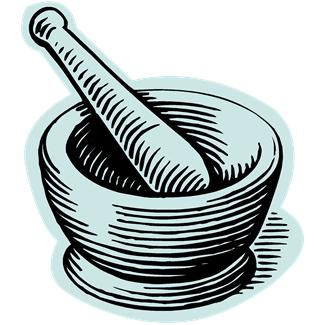 make as informed decision as possible about any drug or treatment with the transparency factor in place.
make as informed decision as possible about any drug or treatment with the transparency factor in place.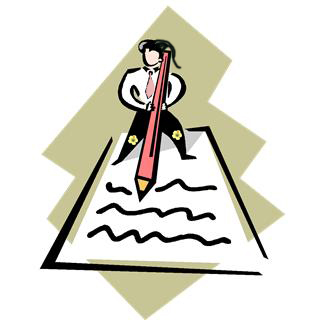 This reminds me of the waiver to a clinical trial I considered. One of the questions they asked is,
This reminds me of the waiver to a clinical trial I considered. One of the questions they asked is,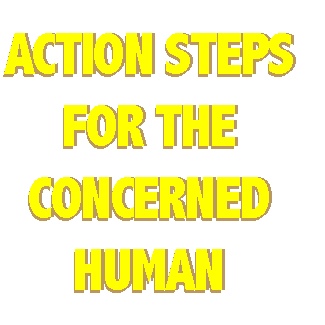 1)
1)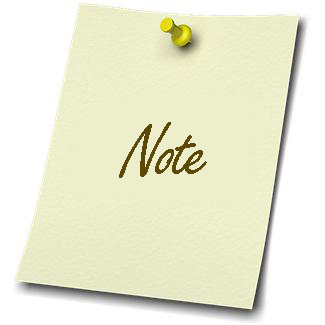 In 2007, the FDA Amendment Act required all trials of any drug or device must be registered. Also, for a drug to be approved, its results must be posted to clinicaltrials.gov within a year of the end of the trial.
In 2007, the FDA Amendment Act required all trials of any drug or device must be registered. Also, for a drug to be approved, its results must be posted to clinicaltrials.gov within a year of the end of the trial.





